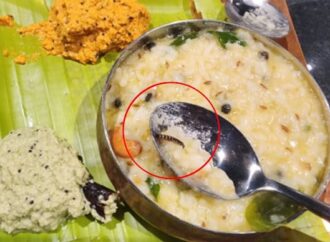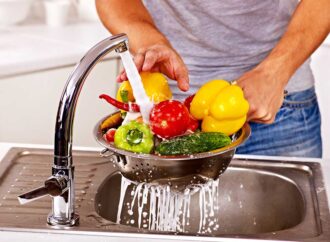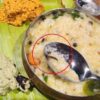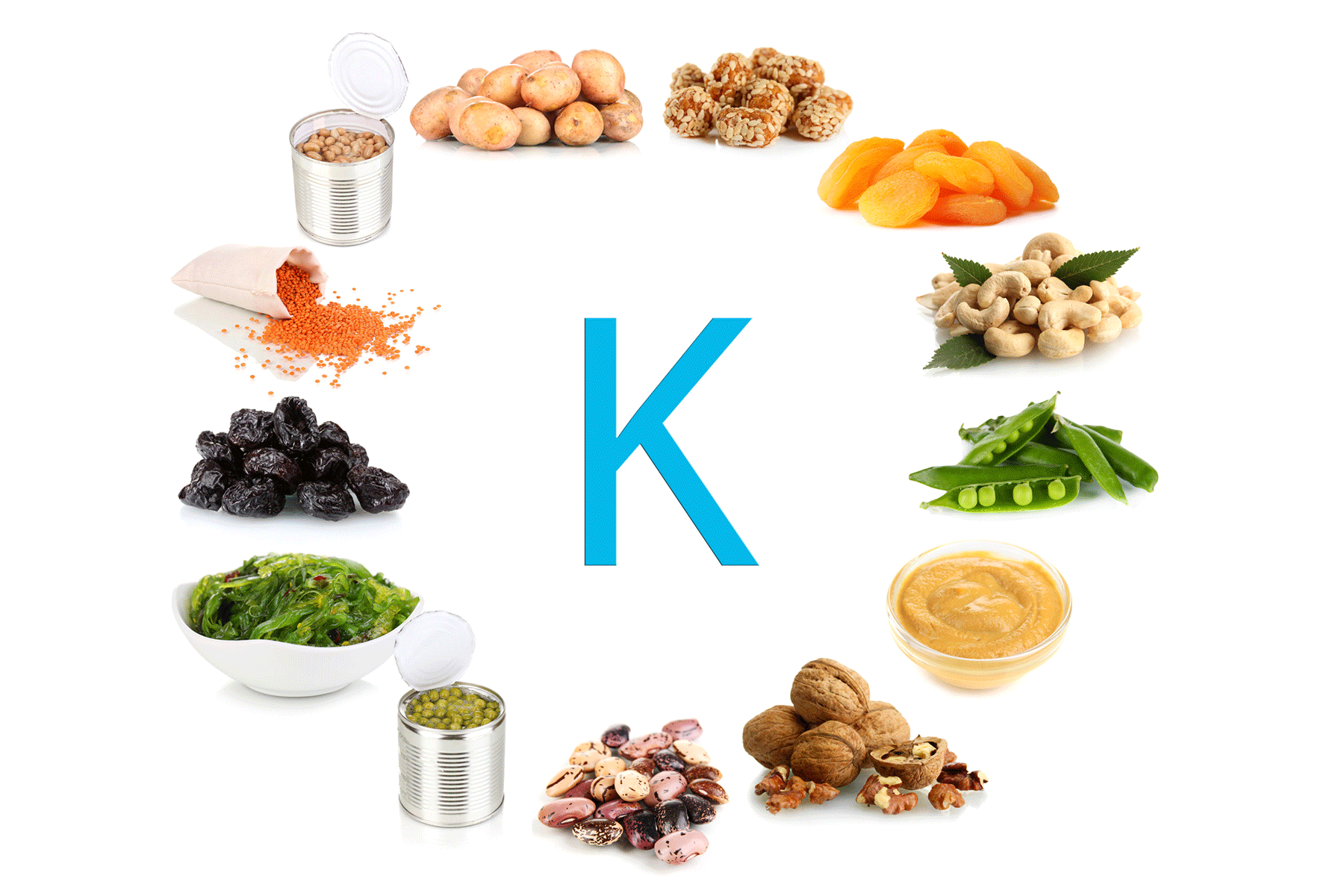“Pure water is the world’s first and foremost medicine”
-Slovakian Proverb
When incidents of food adulteration make the news, it is usually associated with food items where camouflaging adulterants isn’t a task. However, in this age of deception, even the purest and clearest liquid isn’t free of adulteration. Sealed and bottled water which are usually symbolic of pure, clean and safe drinking water are now under the threat of malpractice and adulteration at the hands of manufacturers and distributors.
Carcinogens in Bottled Water

According to a study conducted by the Bhabha Atomic Research Centre (BARC), high levels of carcinogens were found in bottled drinking water samples in Mumbai. It was discovered that certain samples of packaged drinking water contained bromate in them, which is produced as a by-product when water containing bromide is treated with ozone. The World Health
Organization’s (WHO) International Agency for Research on Cancer (IARC) identified bromate as a “possible carcinogen” and classified it as Group 2B carcinogens that could potentially cause cancer in humans. 27% of the samples tested by the BARC team had bromate levels four times the WHO limit of 10 microgram per litre. Additionally, chlorites and chlorates can cause oxidative damage to red blood cells.
Plastic in Bottled Water

It was discovered that 90% of the bottled water companies globally, including top brands like Bisleri, Evian and Aquafina, were contaminated with plastic particles. The microplastic pollution was suspected to come through the industrial process of bottling water. This 3 month long study used a technique to “see” microplastic particles by staining them with fluorescent Nile Red dye, which turns plastic luminous when exposed to blue light. According to reports, a Bisleri sample had a concentration of 5,000 microplastic particles, while other brands had a limit of up to 10,000. Such contaminants can cause an increase in certain kinds of cancer, conditions like ADHD and autism and lower sperm count.
Other Contaminants

Certain samples of water in parts of India were found to be contaminated by rod-shaped bacteria called coliform, which when consumed can cause diarrhoea, vomiting and abdominal cramps. Disinfection by- products formed by the use of chemicals like ozone, hypochlorite compounds and chlorine dioxide pose a serious threat to human health. Doctors and medical experts suggest looking into the quality of groundwater where bottled water is drawn from. India’s groundwater is known to contain heavy metals that can cause chronic diseases like dementia, heart problems as well as heavy metal poisoning and hypertension.
The Bottom Line
Since bromate has been classified as a possible carcinogen by the IARC, all efforts should be made by the manufacturing company to eliminate it from bottled drinking water. Additionally, since the WHO has already defined guidance levels for bromate, the Bureau of Indian Standards (BIS) should set its own criteria without further delay. What one can do on a personal level to ensure safe drinking water is to see that the manufacturing companies or drinking water plants have the requisite licences from BIS and FSSAI.
The FSSAI has also launched an online safe water web portal where consumers can compare test reports of packaged drinking water including physical, chemical and microbiological information. This aim is to use this portal to enhance consumer confidence by emphasising that consumers have the right to know the quality of the packaged water they are consuming.
In the words of Audrey Hepburn, “Water is life, and clean water means health”. As consumers, we must keep ourselves updated about the various findings and reports on drinking water standards and watch out for companies and brands that fail to abide by the drinking water criteria.
 Food Manifest
Food Manifest 



















Leave a Comment
Your email address will not be published. Required fields are marked with *